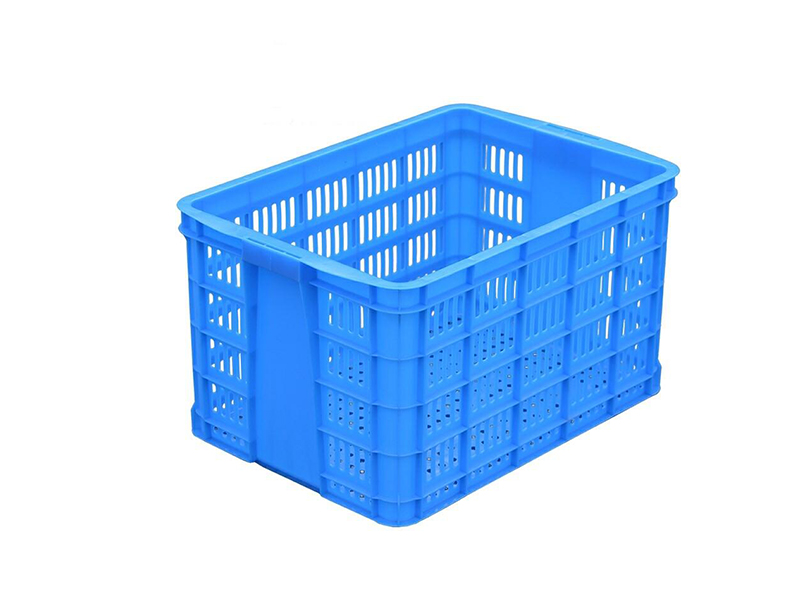

After the mold is manufactured, it has to go through ma […]
After the mold is manufactured, it has to go through many trials. Generally, small and medium-sized molds need to be tried 1 to 3 times, and large and medium-sized molds need 3 to 5 times. Molds with particularly complex structures may have more trials. The number of mold trials is related to the equipment used and the quality of the operators, and is closely related to factors such as mold design and production quality. At the same time, it reflects the technical level of a mold factory to some extent.
The most comprehensive reflection of the mold level is the sample provided in the last trial. Usually the sample is sent to the ordering party, and the inspection result is an important basis for mold acceptance. Whether the basic size of the sample is correct or not can reflect the manufacturing accuracy of the mold. Therefore, in the acceptance process, product acceptance must be carried out first.
The acceptance of the part shall be carried out at least 16 hours after the completion of the plastic part forming or the required post-treatment. Accepted standard environment temperature 232, relative humidity 506%, dew point temperature 21, atmospheric pressure 890~1060hPa, air flow rate 1m/s. If the actual environment is not standard, it can be carried out under the conditions negotiated by both parties, or the measured value can be used accordingly The length expansion coefficient is corrected.
1. Inspection of the basic dimensions of the product
To obtain a sample, we must first observe that its overall shape is correct and whether the basic shape conforms to the product design philosophy. Then inspect the basic dimensions of the product.
2. Inspection of product matching size
The matching size of the product refers to the matching size between products or products and related components, including local matching size and overall relative position size
3. Trial assembly inspection
When the basic dimensions, external dimensions, and matching dimensions are inspected and the design requirements are basically met, trial assembly inspection can be carried out. This is a very important means in product inspection. It can verify the matching dimensions and verify the space surface.
4. Product appearance quality inspection
When the pre-installation meets the requirements, it is necessary to conduct a comprehensive inspection of the apparent quality of the part. The apparent quality at this time refers to whether the apparent quality meets the requirements under the condition of no common defects.
5. Dynamic balance and static balance test
For high-speed running parts, dynamic and static balance tests should be carried out; for parts that require high strength, impact resistance tests, strength, and high temperature tests should be carried out.
After the part has passed the overall acceptance, the mold must be accepted. As mentioned earlier, the mold that can provide a complete sample can be regarded as basically reasonable in the overall structure. However, other parts of the mold must be carefully checked. Factors such as the machining accuracy of the mold structure, the method of inserting, and the heat treatment method directly affect the service life of the mold.

1. The appearance quality of the mold
A pair of molds are placed in front of you. First observe the machining level of the template. The template is straight and the upper and lower surfaces are evenly ground. The dimensions are neat, with (2~5) mmX45 chamfers on the four sides, which will leave a good impression and even remind people that the internal processing quality of the mold must be excellent. If the outer surface is rough and the length of the template is uneven, although it does not affect the internal quality, it is difficult to imagine that such a mold can produce high-quality products.
2. Inspection of the size of main parts of the mold
After the acceptance of the plastic parts, the correctness of the cavity size has been basically confirmed, and the dimensional tolerances of other aspects of the mold need further inspection.
3. Condition of main structural parts
Ensure the normal operation of moving parts, mold inserts, inserts, sliders, and vulnerable parts in motion in the mold structure.
4. Mold material processing
In the mold design, the user can put forward special requirements for the mold material, and the heat treatment of the mold standard parts can be carried out in accordance with national standards.

Taizhou Tengfei Mould Factory is located in Huangyan Mould Industrial Park, Taizhou City, Zhejiang Province, China. As a China plastic mould manufacturers and automobile mould factory, It is adjacent to the Yangtze River Delta Economic Zone and is close to Taizhou Bay Container Terminal, Luqiao Airport and Hangzhou-Ningbo Expressway. The traffic is very convenient and fast.
